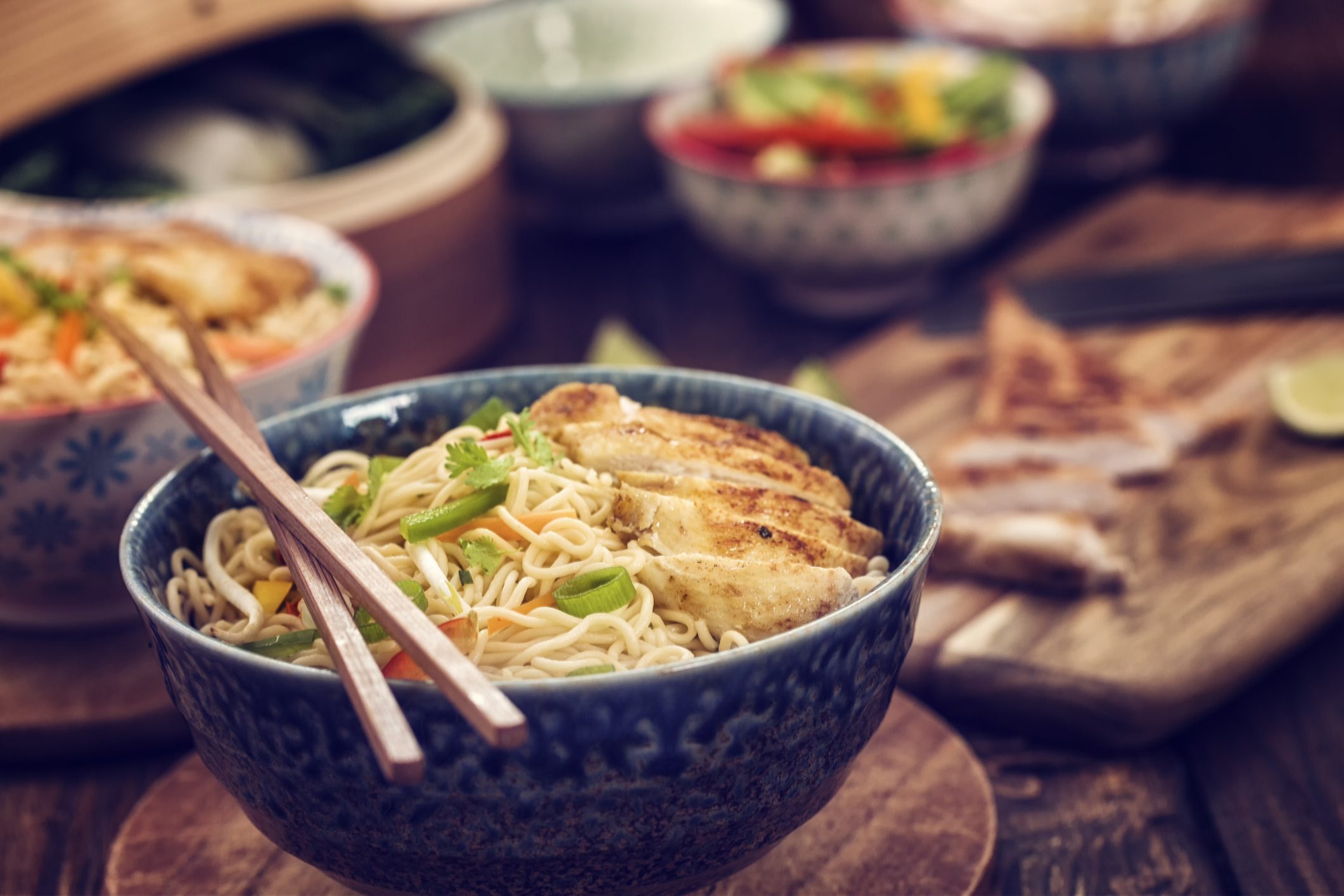What is Roux, How Many Types Are There and How Do You Prepare It?
Roux is a basic preparation useful for creating many sauces: but did you know that there are different types? Here's what they are and how to use them.

Roux is a fundamental element in cooking, especially in French cooking. This simple compound is the basis of many sauces, including the most famous, béchamel, but also of gravies and cream soups, giving them body, consistency and a unique flavor. But what exactly is roux and how is it used? Let's find out together.
What is Roux?
A roux, in simple terms, is a base for sauces and gravies that is obtained by cooking together butter and flour: this seemingly banal combination gives life to a paste that, once added to a hot liquid, thickens and creates a smooth, velvety sauce.
Roux is one of the oldest and most versatile thickeners in cooking: the flour, in contact with hot liquid, hydrates and forms a network that traps the liquid, giving body to the sauce. Many classic sauces, such as béchamel or velouté , are based on roux: depending on the type of roux used and the other ingredients added, sauces with different characteristics and flavors are obtained. In addition to thickening, roux helps intensify the flavor of sauces: cooking the flour in butter, in fact, develops toasted and aromatic notes that enrich the final taste.

Types of Roux and Their Uses
There are different types of roux, each with specific characteristics and uses:
1. White Roux
It is the least cooked roux, therefore the lightest. It has a delicate flavor and a very high thickening power: it is mainly used for white sauces such as béchamel. It is also ideal for sauces that accompany white meat, fish or vegetables.
2. Roux Blond
Cooked slightly longer than white roux, it has a light hazelnut color and a more intense flavor: it is ideal for richer and more flavorful sauces. It is the base for the velvety sauce, the so-called velouté, a "mother" sauce, from which various sauce recipes derive, which is sometimes flavored with mushrooms, meat or fish broth. It is also used for sauces that accompany white or red meats.
3. Brown Roux
Cooked for a long time until it becomes dark brown, it has a toasted and strong flavor: it is used for more complex and tasty sauces, such as braised or stewed meat sauce. It is the base for dark sauces such as Spanish sauce or demi-glace , which are used to accompany red meat or game. In addition to thickening, brown roux helps to flavor preparations thanks to its dark color and intense flavor: it is the most "strong" version.

How to Make Roux: Some Tips
As we have seen, the use of roux is essential for the preparation of numerous sauces, such as béchamel, velouté, Spanish sauce and many others: furthermore, roux can also be used to thicken soups, broths and gravies.
Its preparation is simple but requires attention: in a saucepan, melt the butter over low heat: pour in the flour and mix vigorously with a whisk to avoid lumps; cook over low heat, stirring continuously, until the desired color is obtained. Be careful not to burn the roux, because the flavor would become bitter: stir continuously with a whisk over low heat.

The classic ratio is 1:1 (butter:flour), but you can vary it slightly depending on the recipe. A fattier roux (more buttery) will give a richer sauce, while a leaner roux (with more flour) will be thicker. Use a good quality flour, such as 00, for a smoother and lump-free result: sift it before using it to avoid lumps. You can use clarified butter or regular butter: clarified butter has a higher smoke point and releases fewer impurities during cooking.
;Resize,width=767;)
;Resize,width=712;)
;Resize,width=712;)
;Resize,width=712;)
